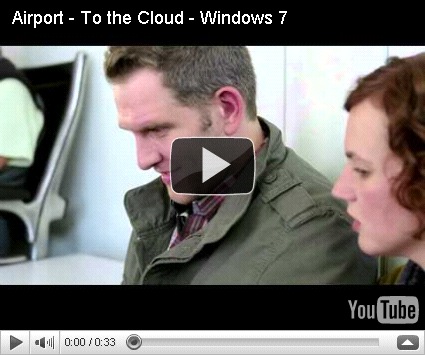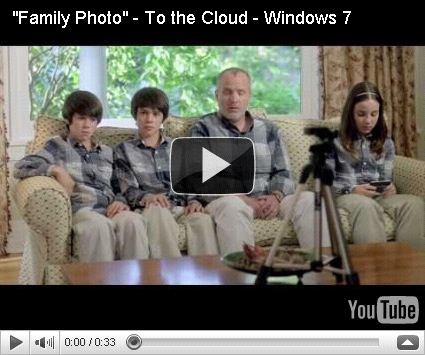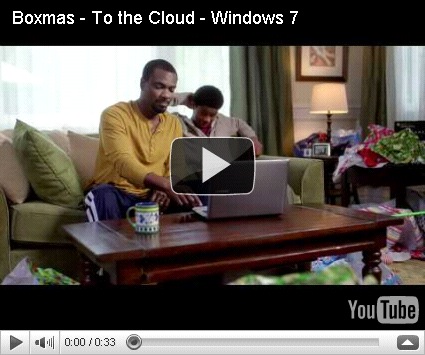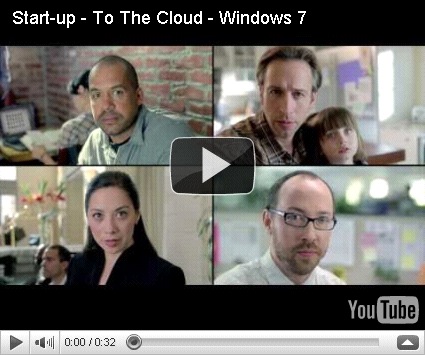Innovation by Inspiration and Reflection

It has been a long time since I have posted. Current state of the world due to the Covid-19 pandemic, has created needs to be inspirational, innovative and driven on day to day basis.
As businesses look for ways to be solutions in order to survive or driven innovation to come out on the other end stronger than before, creativity is more important than ever. While finding sources of inspiration can be vary, nature is still one of the best ways for me. No, I am not an avid hiker or a camper by any means but nature’s beauty is still inspirational.
The Northern lights are a blend of nature and science that magical views that have always amazed me so I sought inspiration from them as the demand to innovate reaches new levels.
Technology Innovation by Natural Inspiration and Reflection
I use reflection to create by base for innovation. I thought I would put my reflections down here. Twenty years after the dot-com bubble burst, it made me think how business and the world norms adjusted to some of the major events we have experienced such as dot com bubble bursting, 9/11 and 2008 financial crisis.
The “Dot Com Bubble Bursting” led to a change in investing/funding for businesses. Investing on innovation or speculation alone in fear of missing the next big home run was turned on its head. The new norm meant that securing any level of funding required functional business models with a path to profitability. A business also needed to present a North Star that showed diversification and scale to acquire funds.
9/11 led to the establishment of the Department of Homeland Security (DHS) and impacted the world in the form of security and risk. The new norm here was scrutiny on immigration, physical security (not just at airports) and surveillance.
The “Financial Crisis of 2008” established Dodd-Frank Wall Street Reform and Consumer Protection Act. This created a new norm of oversight/governance, risk management, and higher standards when it comes to banking and lending.
So now we face the next big event of our lifetimes, the Covid-19 Pandemic. This will absolutely bring another set of new norms in the healthcare and potentially other areas such as immunology but only time will tell what these will be but as leaders we are focusing on innovations to get ahead of this. I using nature as my inspiration to drive my creativity and innovation.
I wish everyone to be safe and healthy during these unprecedented times.




 itching to write about tech and ideas that I have been learning since joining my latest job (checked my LI profile to see that) but nothing had motivated me enough just yet. My co-workers were also subliminally influencing me on being more active due to their highly active blogging/social media behavior. My current job has presented great opportunities that have really rekindled a passion for tech for me and I always did love working.
itching to write about tech and ideas that I have been learning since joining my latest job (checked my LI profile to see that) but nothing had motivated me enough just yet. My co-workers were also subliminally influencing me on being more active due to their highly active blogging/social media behavior. My current job has presented great opportunities that have really rekindled a passion for tech for me and I always did love working.


